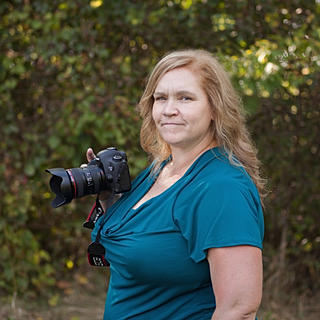The Rise of Seated Bridal Parties: A 2024 Wedding Trend
- Lori Beneteau Photograpy
- Aug 8, 2024
- 3 min read
In the realm of weddings, trends are diverse and reflect the unique love stories they are part of. From color schemes to trendy Instagram hashtags, the essence of marriage is always evolving. In 2024, a notable trend is expected to emerge - the concept of a seated bridal party. Typically, bridesmaids and groomsmen stand beside the couple for prolonged periods as a symbol. Conversely, the seated bridal party presents a contemporary and laid-back alternative that prioritizes comfort while maintaining the ceremony's elegance.

The Foundation of the Seated Bridal Party Trend
The traditional practice of bridal party standing dates back to a time of strict ceremony etiquette — a visual reaffirmation of the couple's community support. Fast forward to a more contemporary wedding setting, and the rigidity of such traditions is being thoughtfully reconsidered. The seated bridal party promotes inclusivity and care for those dearest to the couple. It echoes the importance of wellbeing on one's special day, acknowledging the significance each member holds in the love story being celebrated.
Streamlined Ceremonies and Comfortable Vows
Transitioning to seated bridal parties is partly due to the rise of intimate, less formal wedding ceremonies. Couples are choosing a more personalized way to exchange vows, aiming for both guests and the bridal party to feel comfortable. By offering chairs and relieving the burden on their feet, brides and grooms guarantee that their guests can fully immerse themselves in the special moment, free from the discomfort of tired legs that could detract from the meaningful vow exchange.
Honoring Inclusivity and Equality
Another compelling factor driving the rise of seated bridal parties is the desire for inclusivity. Traditional bridal party formations sometimes excluded those who may have physical limitations, are elderly, or would otherwise struggle to stand for a lengthy ceremony. The seated approach eliminates this barrier, reaffirming the message that every guest and member of the bridal party's presence is equally valued and accommodated.

Aesthetically Elegant and Thoughtfully Personalized
Challenging the traditional notion that standing bridal parties are inherently more elegant, the poised and sophisticated appearance of seated attendants is gaining recognition. Through the use of tiered seating, floral arrangements, lighting, and carefully selected chairs that align with the wedding's overall aesthetic, seated bridal parties have the potential to be equally, if not more, visually striking. This seating arrangement also provides opportunities for distinctive and personalized decor elements, contributing to an ambiance that reflects the couple's individual style.
The Evolution of the Bridal Party's Role
Not only is the physical comfort of the bridal party and guests essential, but the seated trend also signifies an evolution of the bridal party's role. Today's attendants are less ceremonial onlookers and more active participants in the couple's big day, even sharing their unique perspectives or readings during the ceremony. Seated bridal parties allow for a more fluid and engaged experience, where the energy and support for the couple flow freely from all.
Implementing the Seated Bridal Party at Your Wedding
For couples considering this trend for their upcoming nuptials, effective communication is essential. It is important to engage in discussions with your wedding planner and officiant early in the planning stage to ensure a smooth integration into your ceremony. Additionally, liaise with your venue to understand space limitations and any extra arrangements needed.
Anticipate how this modification may impact the ceremony's sequence, particularly concerning the procession down the aisle, and carefully consider the well-being of your wedding party. The seated bridal party reflects the couple's values, and if this trend aligns with your wedding vision, it can enhance the celebration of love and commitment.

Conclusion
In 2024, the trend of having a seated bridal party represents a significant change in wedding customs, reflecting the growing focus on the couple's relationship by contemporary brides and grooms. This shift from traditional practices to a more considerate, inclusive, and personalized ceremony indicates the evolving nature of weddings. It goes beyond being a mere trend; it symbolizes the love, respect, and attention that young couples aim to embody in the important milestones of their lives.





Comments